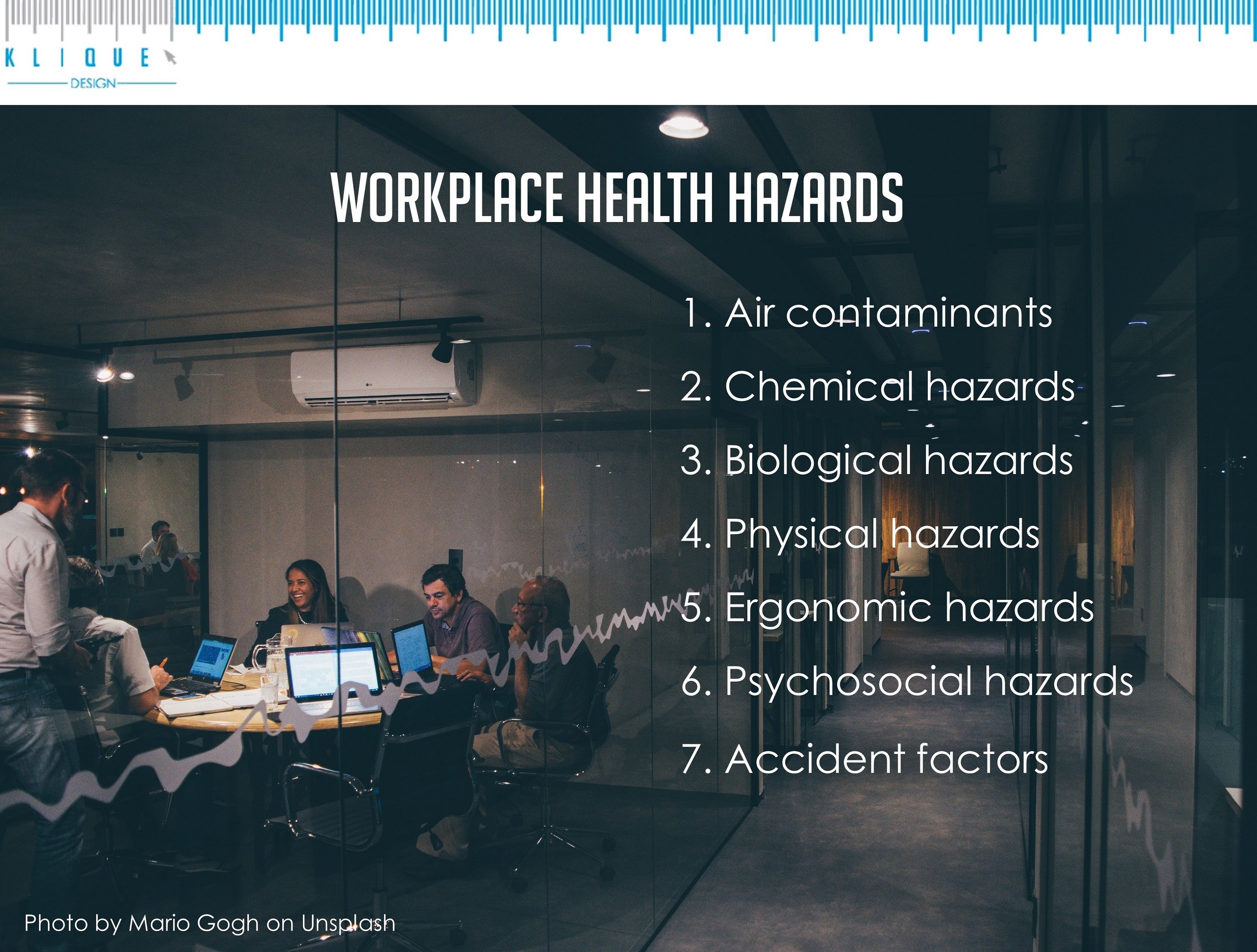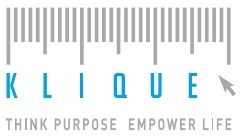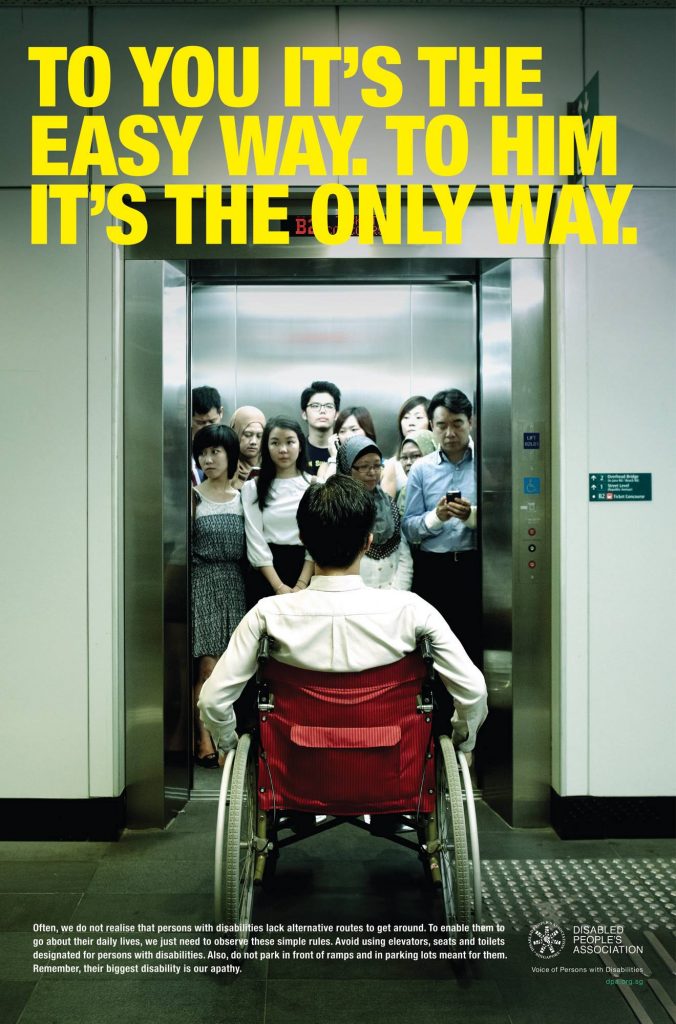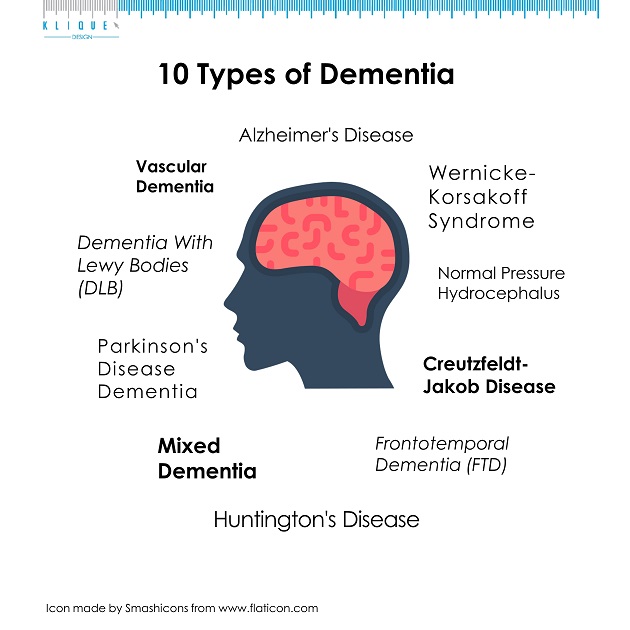
We are surrounded by many different types of health hazard all the time, either knowingly or unknowingly. To better care for our workers and ourselves, education about what constitutes a health hazard thus becomes essential. As we all know, there is a causal relationship between a cozy, comfortable and safe working environment and a healthy workforce with better morale. Employers can achieve higher productivity or minimize productivity loss by creating a workplace/office that maximize their employees’performance, reduce absenteeism and presenteeism.
Although not all workplace or office can be designed equally the same, we shall nonetheless do our best to avoid any possible hazard that poses a threat to our workforce.
So, what is workplace health hazards? Let’s go through one by one.
Continue reading “Workplace Health Hazards”


